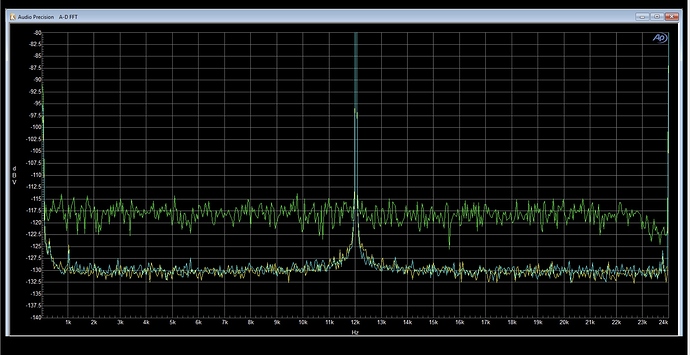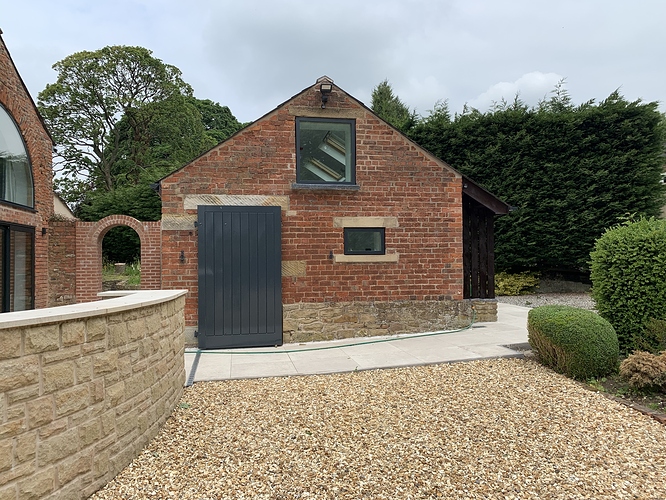Hi Stephen,
Thanks for the clearer response and for the reference. I think it is important that we place this in context. I was referring to the iFi Power supply as a potential alternative for the £8 Raspberry Pi standard plugtop supply - and if swapping it out for something better (at under £50) was worth doing.
I was not looking to head into the territory of an audiophile quality linear PSU with shielded encapsulated or toroidal transformers, high quality voltage regulators and rectifiers with high grade capacitors. I have built many of those, and indeed have some circuit boards left from the last batch I made. The component cost alone is well over £180.
My thought was, could I determine an audible difference with the iFi or not. Over several weeks, I determined that yes - I believe I could. There is much more to making a good PSU than just keeping noise low: a reduced output impedance over a wide bandwidth, fast slew rates and rise-times and good hysteresis (the effective management of over/undershoot when the regulator output voltage is being loaded fast and hard with demand transients).
I would agree with you that there is a lot of “guff” out there in the so called Audiophile world - and that caters to many with more money than sense. The “Audiophools” as we know them in the professional audio world.
I reckon my comments were a simple review of the real world experience with my limited knowledge behind it. I had actually done some bench testing myself. How many here actually do that?
It’s interesting that my findings that the iFi was actually better than could be expected correlated with the findings by another amateur reviewer. I saw this in a different place - and had to translate it myself, but found another (better) translation of the original article for you - that’s here: Power Supply (8+) Group Test, LPS and SMPS - DAC - Digital to Analog Conversion - Audiophile Style
I’ve since used one of our HQ studio battery packs that works with our TASCAM digital field recorder (used on location) - a TASCAM BP-6AA as a USB supply - and that sounded a bit better than the iFi.
The only issue is I have to keep remembering to charge it. A cheap “powerbank” USB supply I have for recharging the phone when away from home really sounded awful - so am not sure what’s going on with that…
I think I’ll just stick to the iFi.
So to return to your references - it looks like someone slapped an iFi onto a spectrum analyser versus a Linear PSU and they got the following trace:
One look at the left hand scale should tell you all you need to know, plus the “reference” PSU has an artifact at 12kHz.
Using a £10k spectrum analyser (I have access to similar - an APx515) doeesn’t necessarily mean that you will understand the results. I’d argue that even from this poorly referenced display screenshot - a noise floor that’s at -117.5dBV for a <£50 PSU isn’t too shabby. To the uninitiated this level calculates out at 0.000001334 V (RMS) or 1.334µV. and given the low noise level - it’s probably a long, long way below the point at which in a digital systems power rail that it could translate into an audible artifact.
The key message here from my point of view (and to return this thread more to topic) is:
Yes, I think USB audio quality IS resolved well with the Rasberry Pi 4, and however used - in combination with Riopeee they make great Roon endpoints. I reckon it would take a lot more cash to beat them.
That is just my opinion, and again I recommend everyone does their own research and testing.
My last comment is that we should all be careful of being drawn into pseudo-science. Trust your ears. The music is what’s important.


